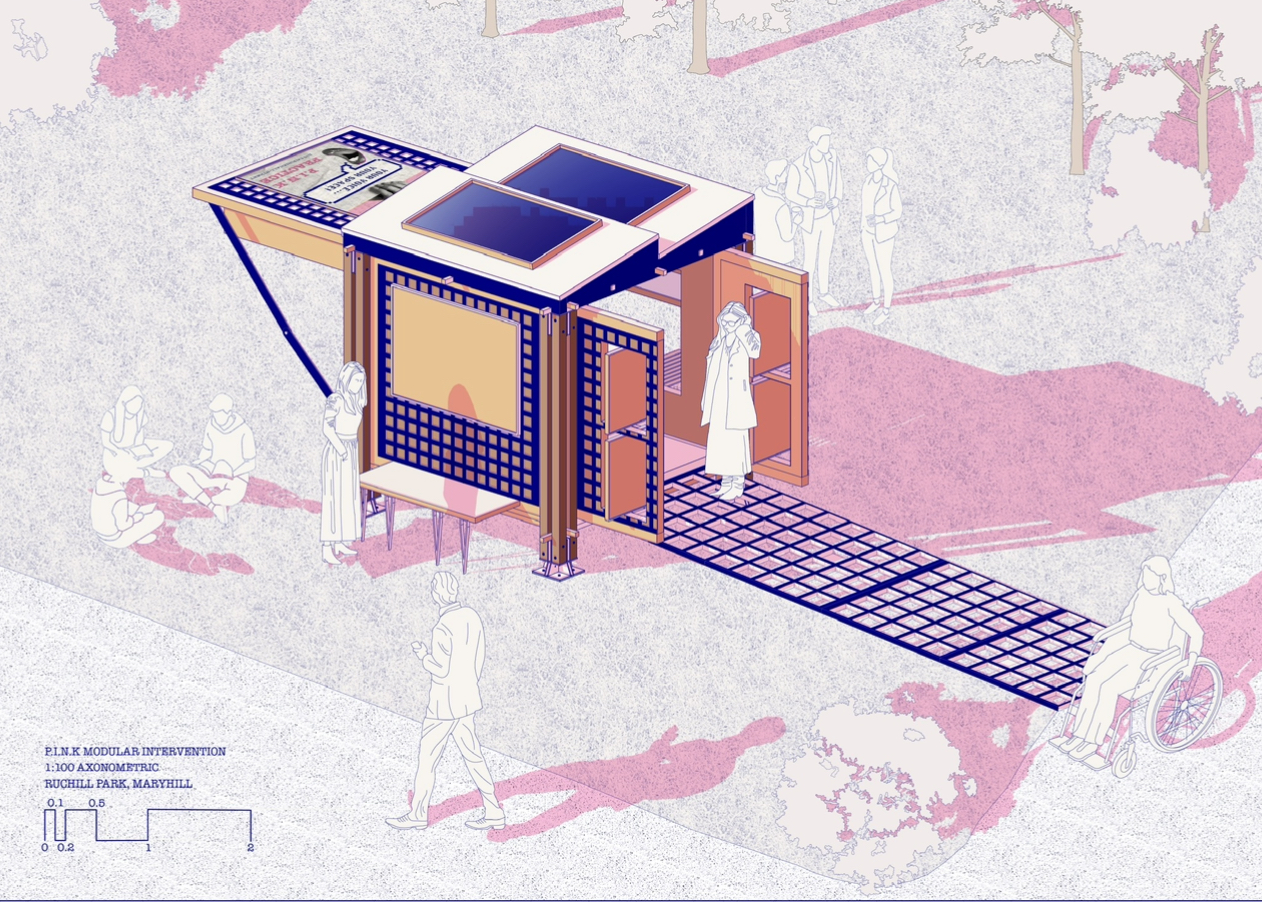Cordelia: Reimagining Liverpool’s Waterfront Through the Poetry of Performance
A Vertical Landmark Born from Storytelling and Social Imagination
When architecture blurs the line between public stage and civic space, cities gain more than new landmarks—they are gifted experiences. Amruth Mrityunjay’s Cordelia is such a gift to Liverpool: a theatre, gallery, and hotel complex that rises from the Mersey waterfront, infusing the city’s historic connection to performance and storytelling with a striking new architectural language. Fresh from winning the Peel Group Award for Best Vertical Urban Design Project, and with a nomination for Best MArch Portfolio, Amruth’s project is garnering acclaim for both its conceptual ambition and rigorous execution.
From Studio to Riverside: The Journey of Cordelia
Currently completing his master’s degree, Amruth Mrityunjay has honed his practice at the intersection of creative narrative and technical craft. His academic journey has been punctuated by accolades and a growing body of research that foregrounds social resilience and adaptive reuse—a theme prevalent in his master’s thesis on transforming underused buildings into community “warm rooms.” Yet, it is Cordelia that stands as the most vivid expression of his approach: architecture not just as shelter, but as cultural performance.
Conceived as a multilayered vertical intervention, Cordelia draws allure from the mechanics of marionettes—those intricate puppets animated by the unseen hands of storytellers. “Liverpool is a city with a long tradition of performance at the heart of its identity,” Amruth notes. “Rather than create merely a building, I wanted to evoke the city’s narrative spirit by designing an experience that felt alive, dynamic, and engaged with memory.”
Architecture in Motion: Facade, Choreography, Experience
Cordelia distinguishes itself through a highly articulated facade, a lively composition of elements that move and shift in rhythm with the internal life of the building. The theatre’s imposing fly tower, the gallery’s translucent skin, and the hotel’s cantilevered suites all carry echoes of marionette mechanics: strings, pulleys, and counterweights transformed into architectural language.
Inside, the visitor encounters a spatial sequence designed as a performance in its own right. The journey through Cordelia unfolds in acts—entrances and lobbies that open suddenly, galleries that transition smoothly to performance spaces, and panoramic lounges where city and river views are gradually revealed. This choreography is no mere gimmick; it embodies the living memory and continuous transformation of the Liverpool docklands.
Vertical Urbanism and Community Anchors
The technical challenge of stacking diverse programmes—performance, exhibition, hospitality—within a slender waterfront silhouette demanded both innovation and restraint. What could have been an overwhelming object instead emerges as a finely calibrated cultural hub, standing as a beacon for vertical urbanism. Amruth’s handling of spatial partitions and connections ensures that each use enriches the others, creating moments of overlap where serendipitous encounters occur.
Cordelia’s public terraces, layered gardens, and transparent foyer blur boundaries between inside and out, allowing the broader community to engage with the building at multiple scales. These gestures position Cordelia not as an isolated destination, but as an anchor for a revitalised waterfront, reinforcing local identity while inviting continual reimagining.
Recognition, Resilience, and Research
It is no surprise that Cordelia has attracted the attention of awards juries and university faculty alike. The Peel Group Award for Best Vertical Urban Design Project, in particular, acknowledged the proposal’s synthesis of lofty narrative and grounded technical clarity. Meanwhile, the nomination for Best MArch Portfolio attests to Amruth’s wider commitment to research-led, socially responsive design.
Parallel to this project, Amruth’s thesis on adaptive reuse—rethinking dormant urban spaces as collective “warm rooms” for the community—reflects the same ethos present in Cordelia: a belief that architecture best serves its city when it prioritises resilience and inclusivity over spectacle alone.
Towards the Next Stage: Opportunities and Collaboration
As Amruth seeks new opportunities as a Part 2 Architectural Assistant, Cordelia acts as both calling card and conversation-starter. His ambitions, shaped by an outlook that unites storytelling, technical skill, and urban engagement, make him an ideal collaborator for practices invested in socially conscious design.
Interested readers, future collaborators, and mentors are encouraged to connect with Amruth Mrityunjay through his LinkedIn profile or by email at amruth2001@gmail.com. Whether discussing Cordelia, adaptive reuse, or emerging opportunities at the intersection of performance and place, Amruth is ready to contribute creative and resilient design thinking to the profession.
A Blueprint for an Engaged City
Cordelia demonstrates what is possible when architecture assumes the mantle of storyteller, weaving together threads of history, movement, and memory. Through his visionary design for the Liverpool waterfront, Amruth Mrityunjay provides a blueprint for how vertical urbanism can become not just an urban formalism, but a means of anchoring cultural identity and civic connection. In a world where cities constantly seek relevance and resilience, projects like Cordelia remind us that the best architecture is never static—it performs.











Add a comment